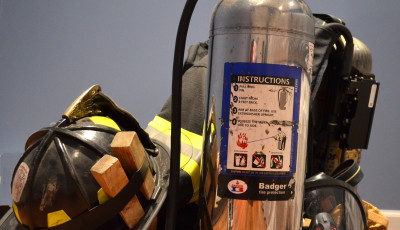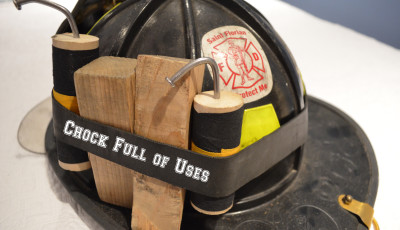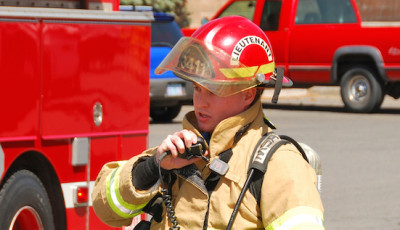Engine Company Emergencies – Part 1
The engine company’s main duty is to establish a water supply, stretch the hose line and extinguish the fire. Members train so this process goes like a well choreographed dance. Watching a well-trained company stretch in and go to work is a thing of beauty.
More often than not things go well. However, sometimes we take things for granted on the fireground. We open the nozzle and anticipate water to come out and when it does not things start to spiral in the wrong direction. We would not be well-trained if we only practiced when things went well. In addition we need to train for when things don’t go well.
Getting the Water
For the engine, the loss of water is a true emergency.
Having water issues inside of a structure fire is a condition that affects EVERYONE operating and must be communicated immediately. Department procedures vary, however this can easily warrant a MAYDAY transmission and at the very least an urgent radio message. Everyone needs to be aware of the situation and act accordingly.
Just to hammer home the magnitude of such a situation, water issues contributed to the FDNY’s Black Sunday tragedy where six firefighters were forced to jump from the fourth floor of a Bronx tenement, killing two of them. If you are not familiar with the events of that day a link will appear at the end of this article for you to read. The loss of water can be caused by many reasons, some simple and easy to rectify and others where me must really think to ensure the safety of our members. Lets start simple.
Kinks In The Line
As I stated in a previous article, every kink in the line can cause you to lose up to 30 gallons per minute of water flow. When you stretch your line make sure you chase the kinks. The line should follow as straight a line as possible to the front door. Your last fifty feet (working length) should be flaked out in such a manner that it will not kink when the line is charged and will facilitate easy advance into the building. Once you make entry your potential for kinks does not end.
Stay diligent, it will pay off.
Doors
Anytime there is a potential for a door to close on our line it has the potential to limit or cut off our water supply.
The easy solution?
Every member on the engine company should carry chocks, either in their pockets or in a rubber band on the helmet; anywhere that is easy accessible. Chock the door low either above the bottom hinge or underneath the bottom of the door. There are many types of chocks commercially available, however a scrap piece of wood and a chop saw can yield enough for a whole company in a few minutes.
In Part 2 we will dig deeper into “Engine Company Emergencies” and bring to light some items you may not fully considered before. An engine company must be well-coordinated or the team will fail and those results may be deadly.
Cover and Feature Photo Courtesy Steve Silverman
Part 1 of 2
Part 2 link: https://firefightertoolbox.com/engine-company-emergencies-part-2/











Pingback: Engine Company Emergencies – Part 2 | FireFighterToolBox
Thanks again for posting this. I really appreciate it.